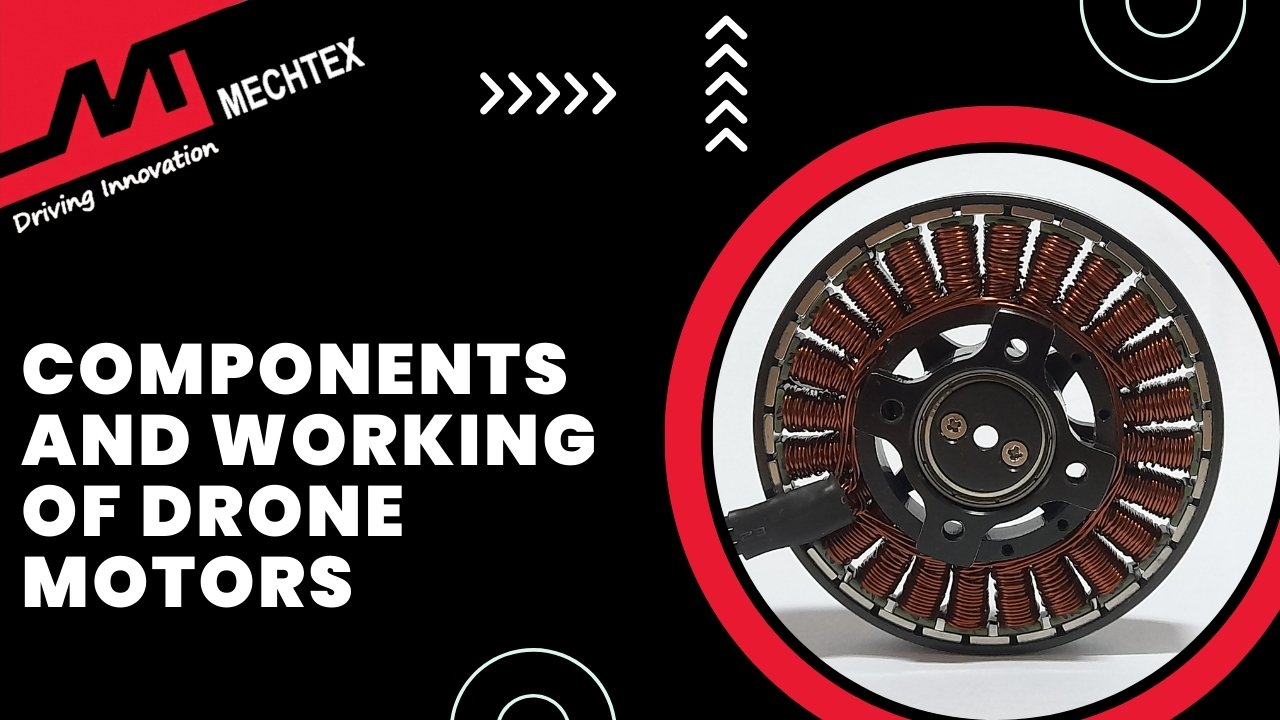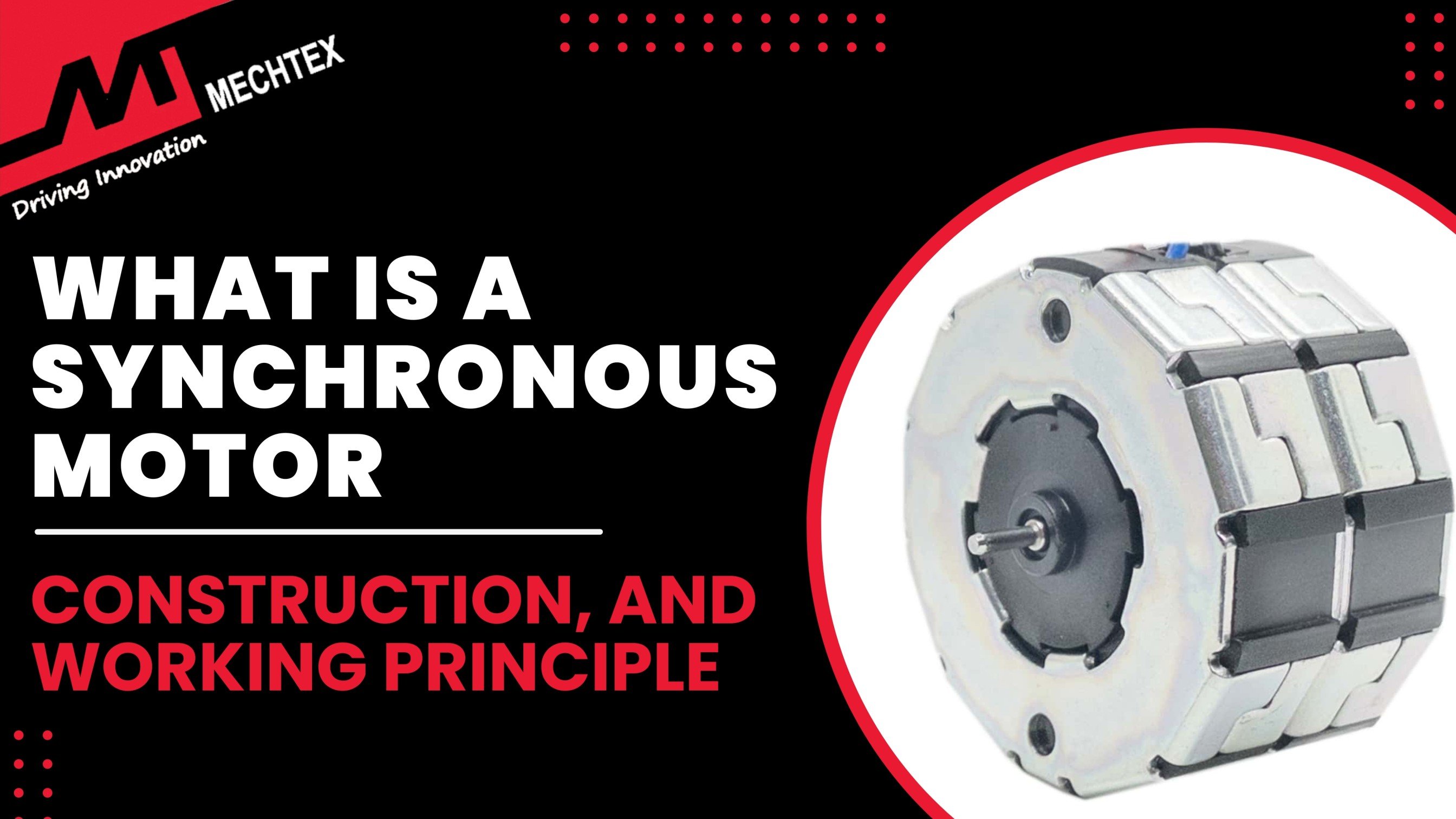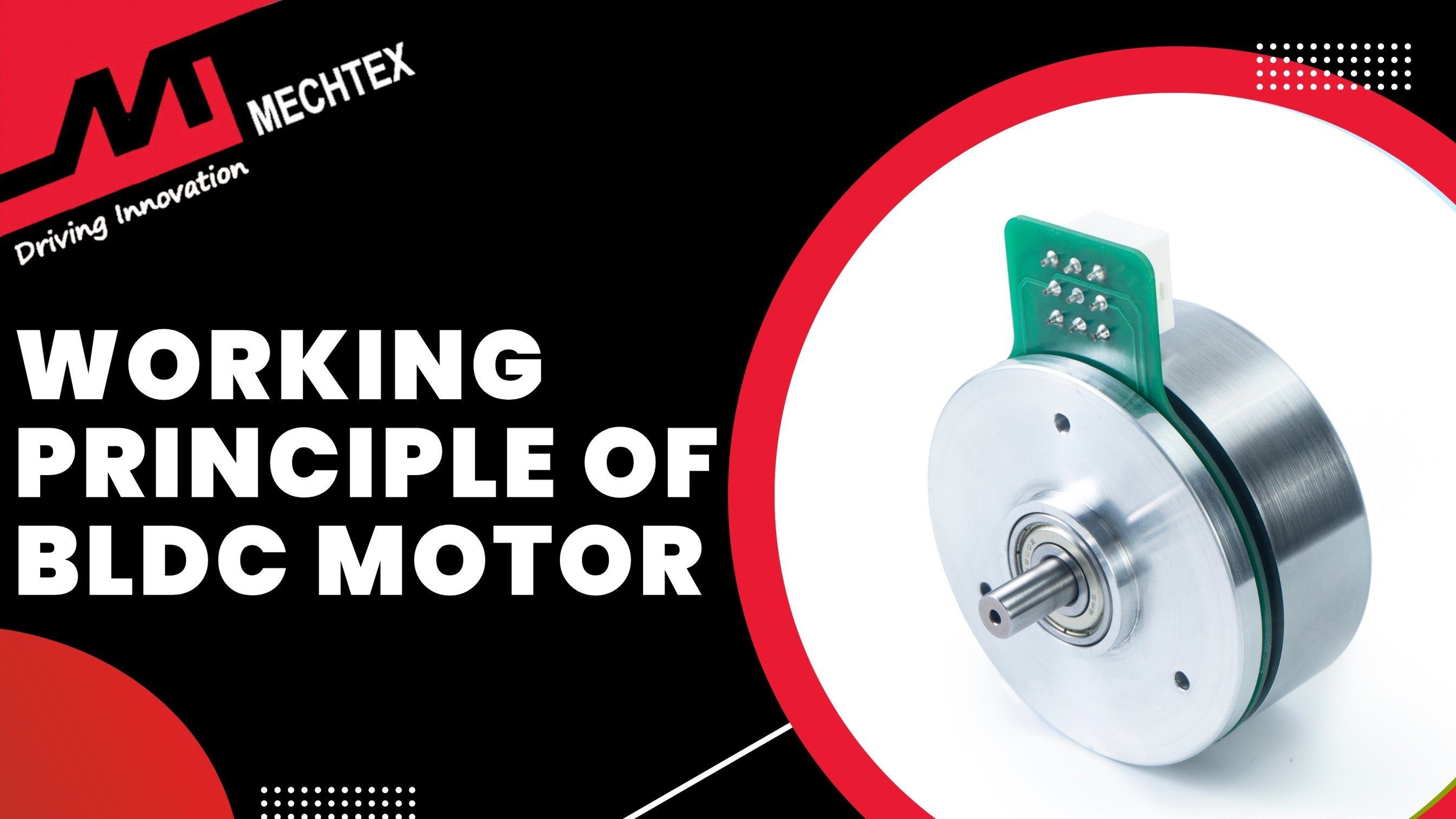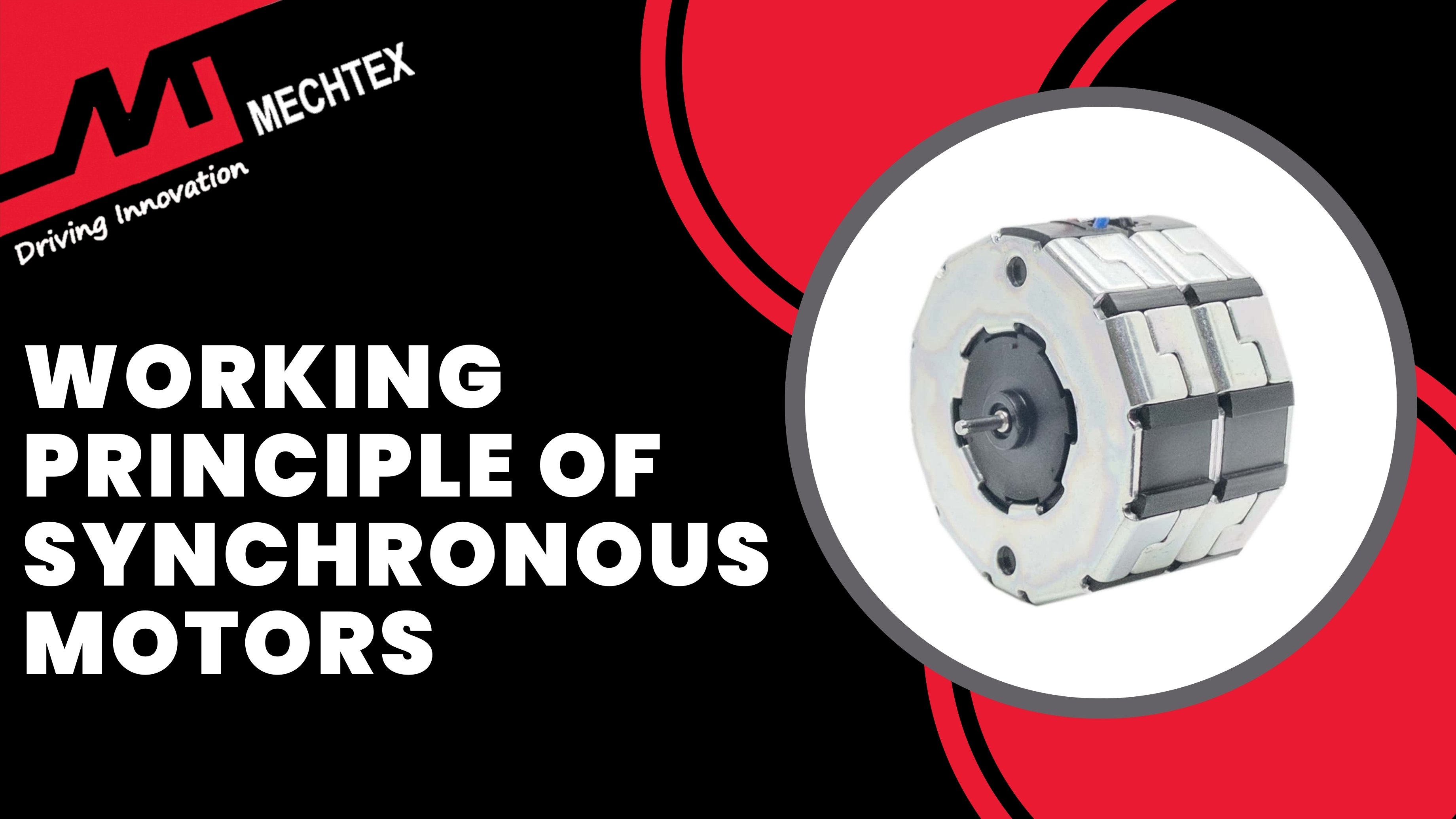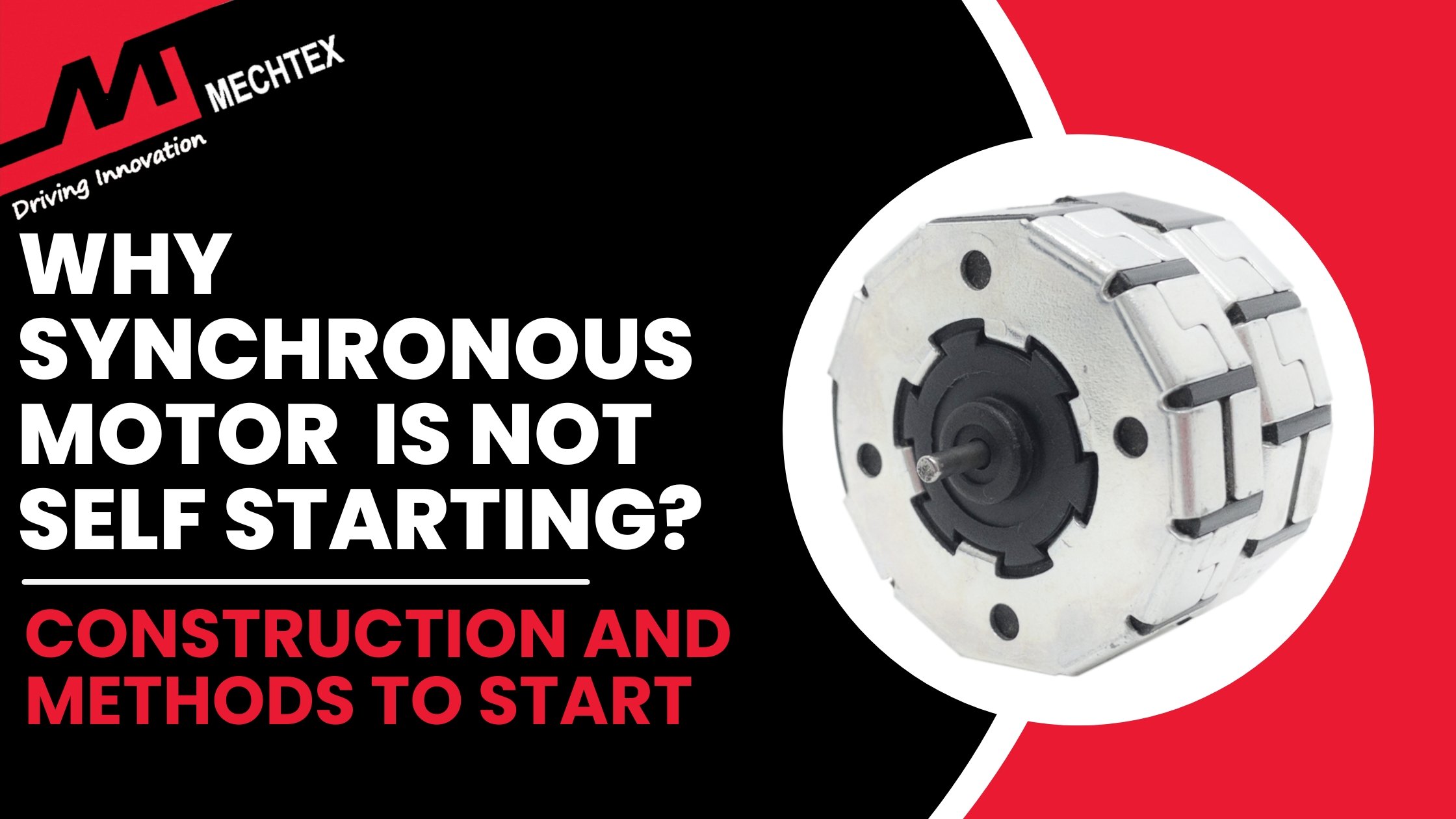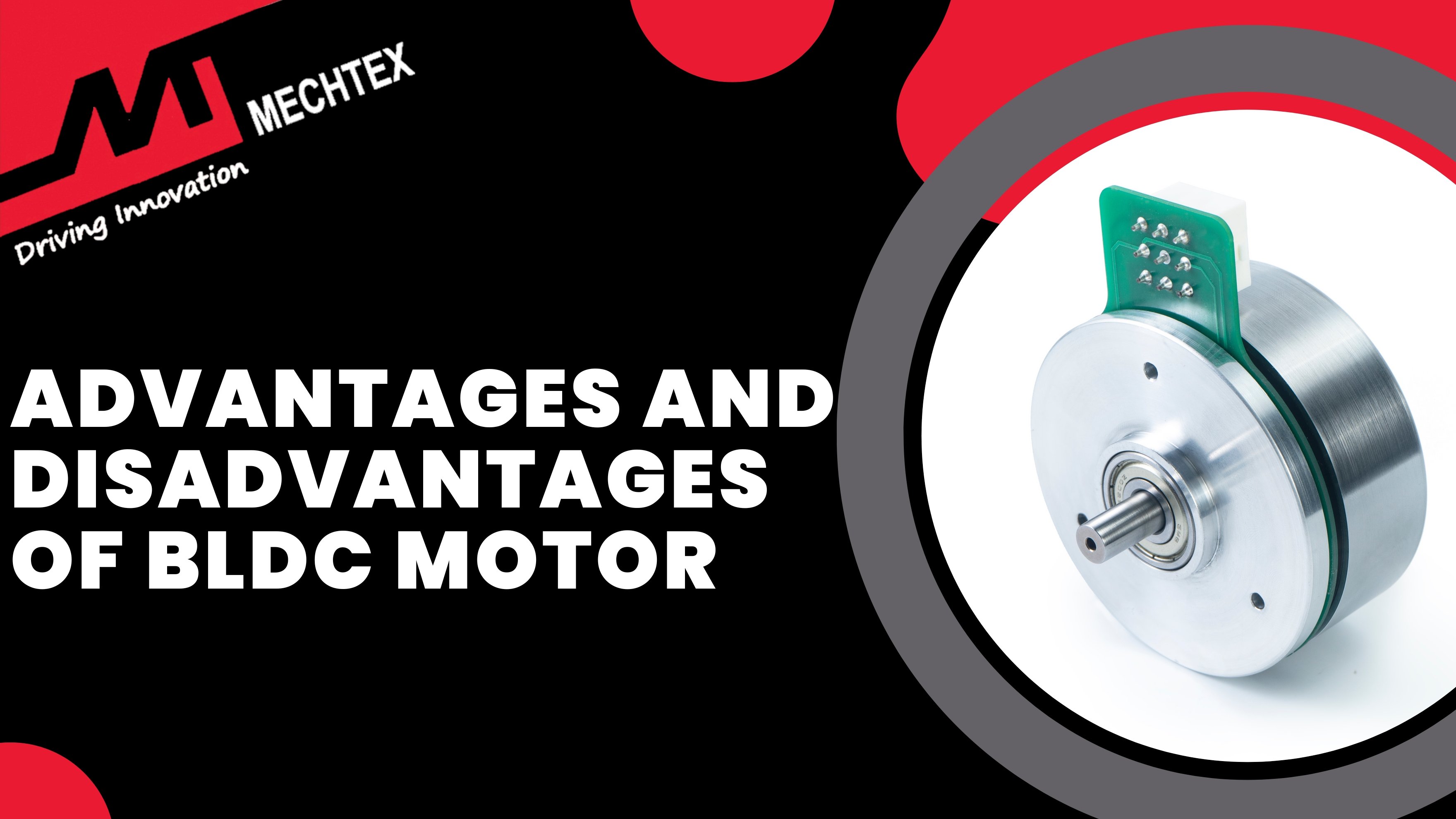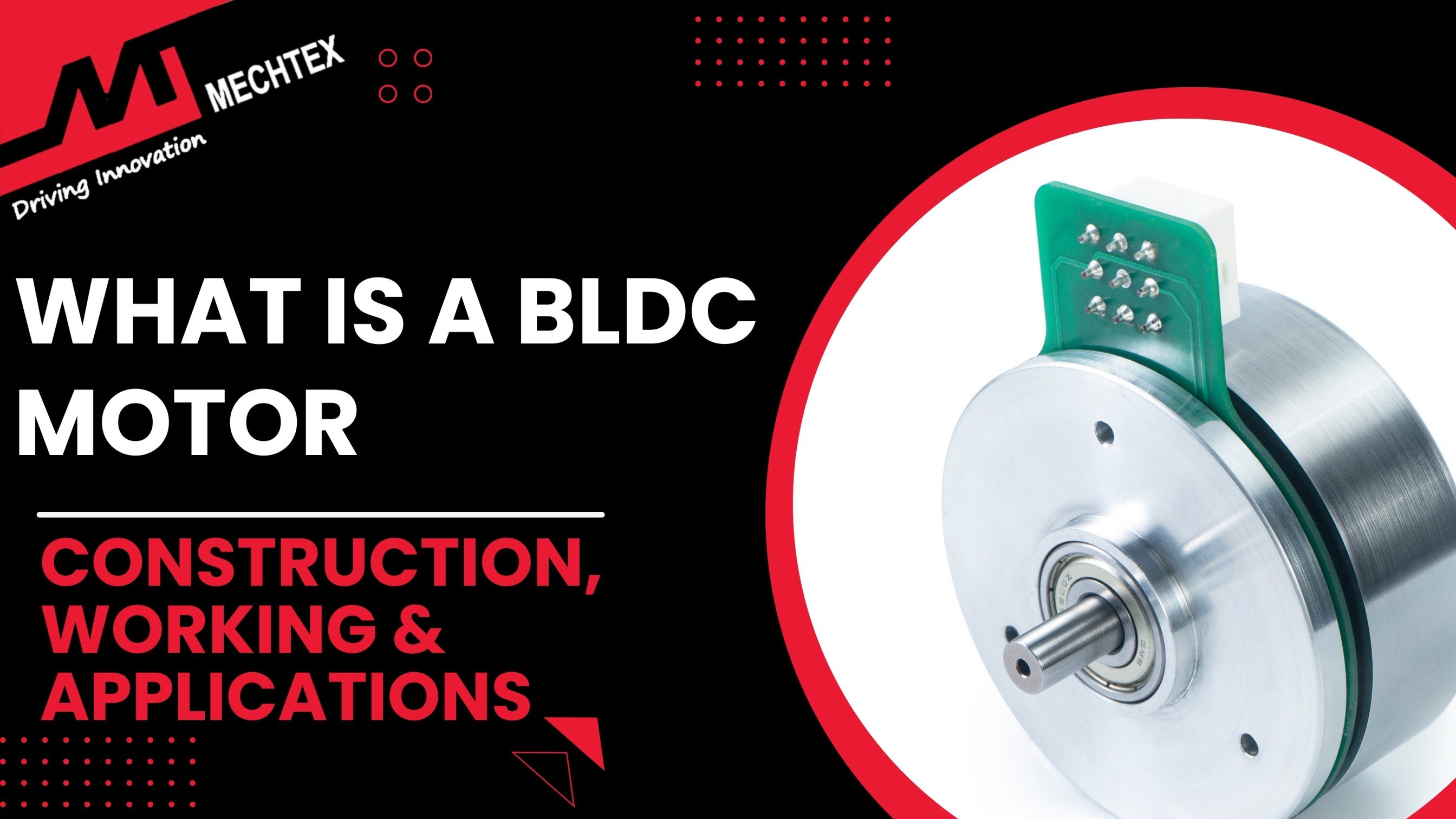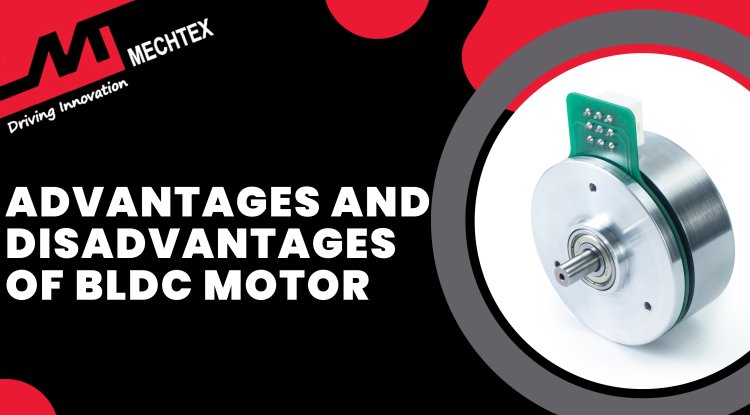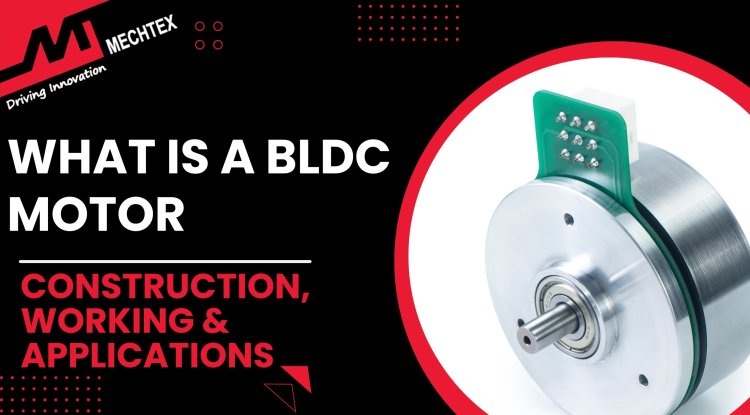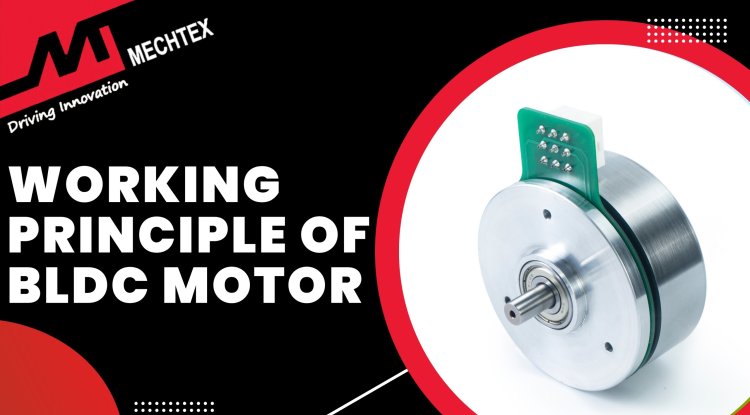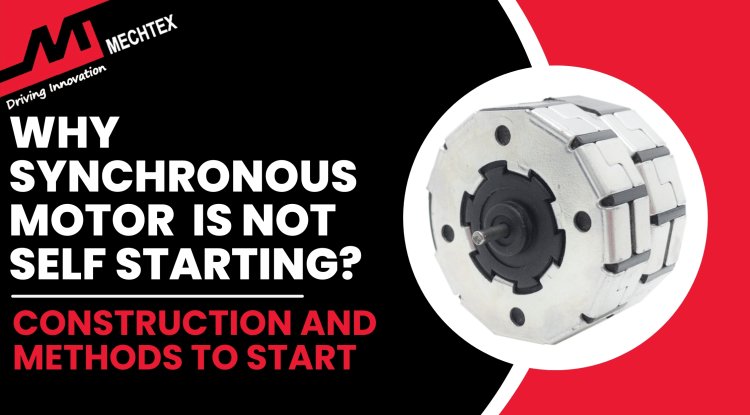Tripod Turnstiles A Comprehensive Overview
A tripod turnstile is a three-arm control gate designed to regulate pedestrian/crowd entry by allowing only one person to pass at a time. It offers reliability, safety, and smart automation across high-traffic areas.
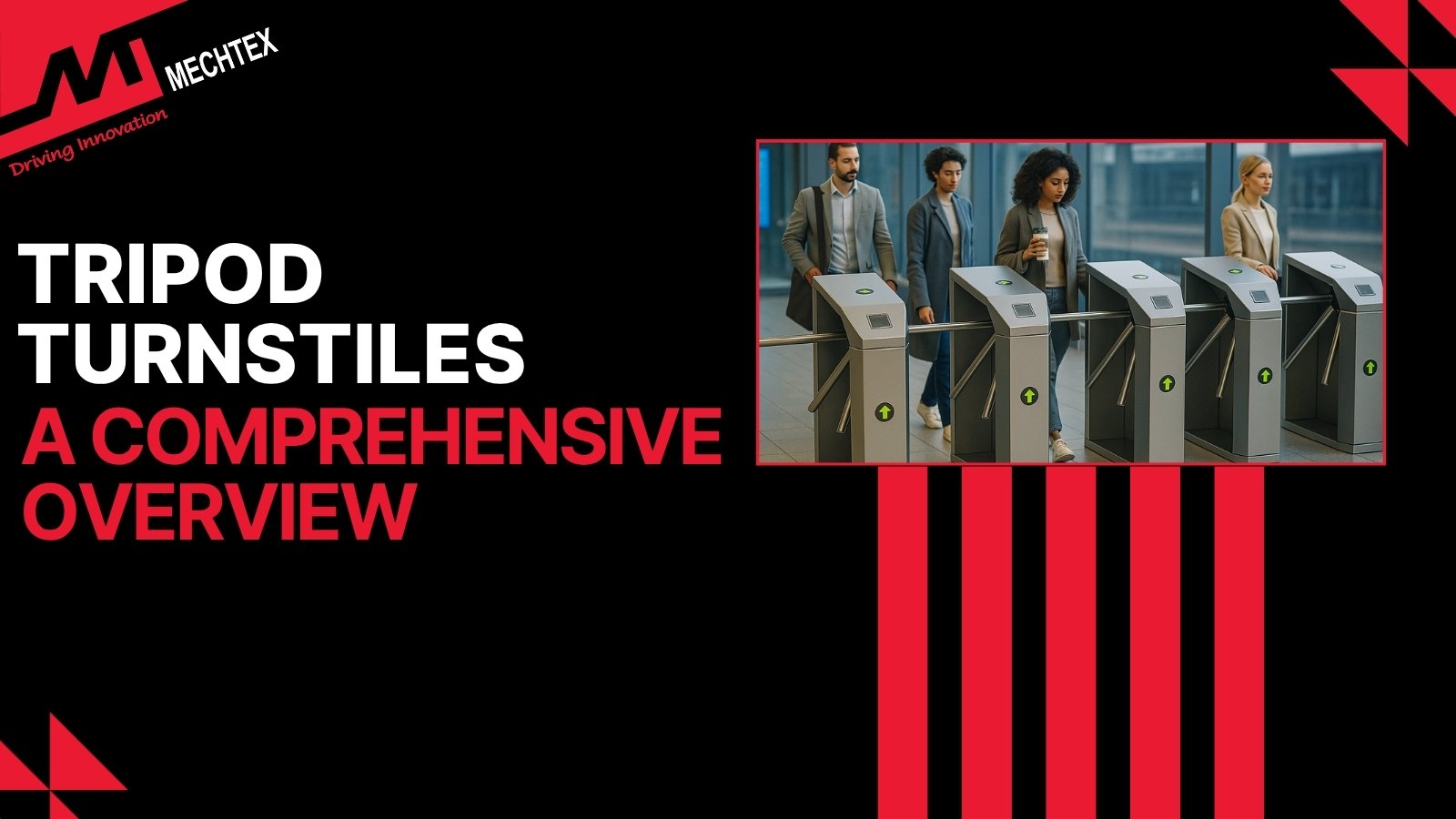
What Is a Tripod Turnstile?
A tripod turnstile is a three-arm control gate designed to regulate pedestrian/crowd entry and exit in crowded or secured areas. It consists of a rotating mechanism with three horizontal bars spaced at 120° apart from each other. These bars rotate upon authorisation and allow one person to pass at a time.
Tripod turnstiles are commonly installed in metro stations, office lobbies, stadiums, factories and other high-traffic / crowded areas.
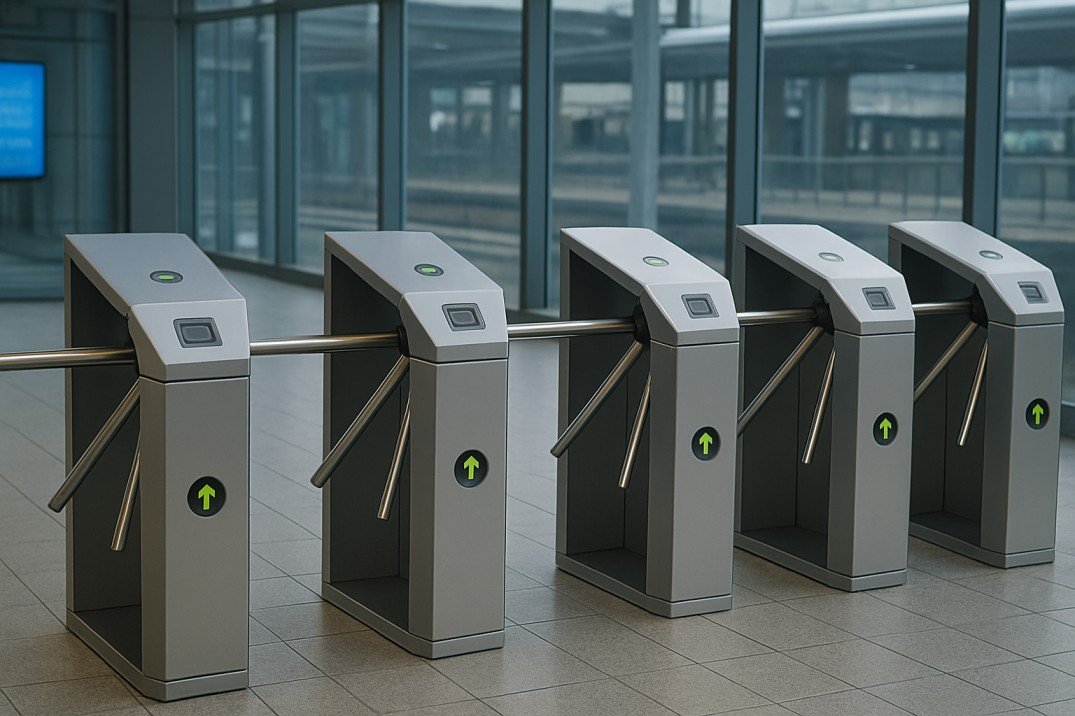
Tripod turnstiles can operate in manual, semi-automatic and fully automatic modes depending on the requirements. They can be integrated with various control systems, such as RFID cards, biometric readers, QR scanners, or face recognition devices for user authorisation.
A key feature of the tripod turnstile is its bidirectional operation, which enables the control of entry and exit for pedestrians through the same unit. They are also equipped with anti-taligating and fail-safe mechanisms. The horizontal bars or arms drop quickly during emergencies, power failures and other incidents to ensure safety.
Overall, the tripod turnstile offers a balance of security, reliability, and efficient crowd management, making it ideal for both commercial and industrial security. Their modular design and high compatibility with modern control systems enhance operational efficiency and improve security management.
Working Principle of a Tripod Turnstile
The tripod turnstile operates on a mechanical rotation mechanism that regulates the crowd/pedestrian access from one point to another in crowded areas.
It consists of rotating arms mounted on a central shaft to form a tripod structure. These arms remain locked until the access signal is received from integrated control systems.
Once the signal is granted, an electromagnetic lock mechanism unlocks the arms and allows them to rotate 120° for entry. Depending upon the requirements, the rotation can be bi-directional or uni-directional for access.
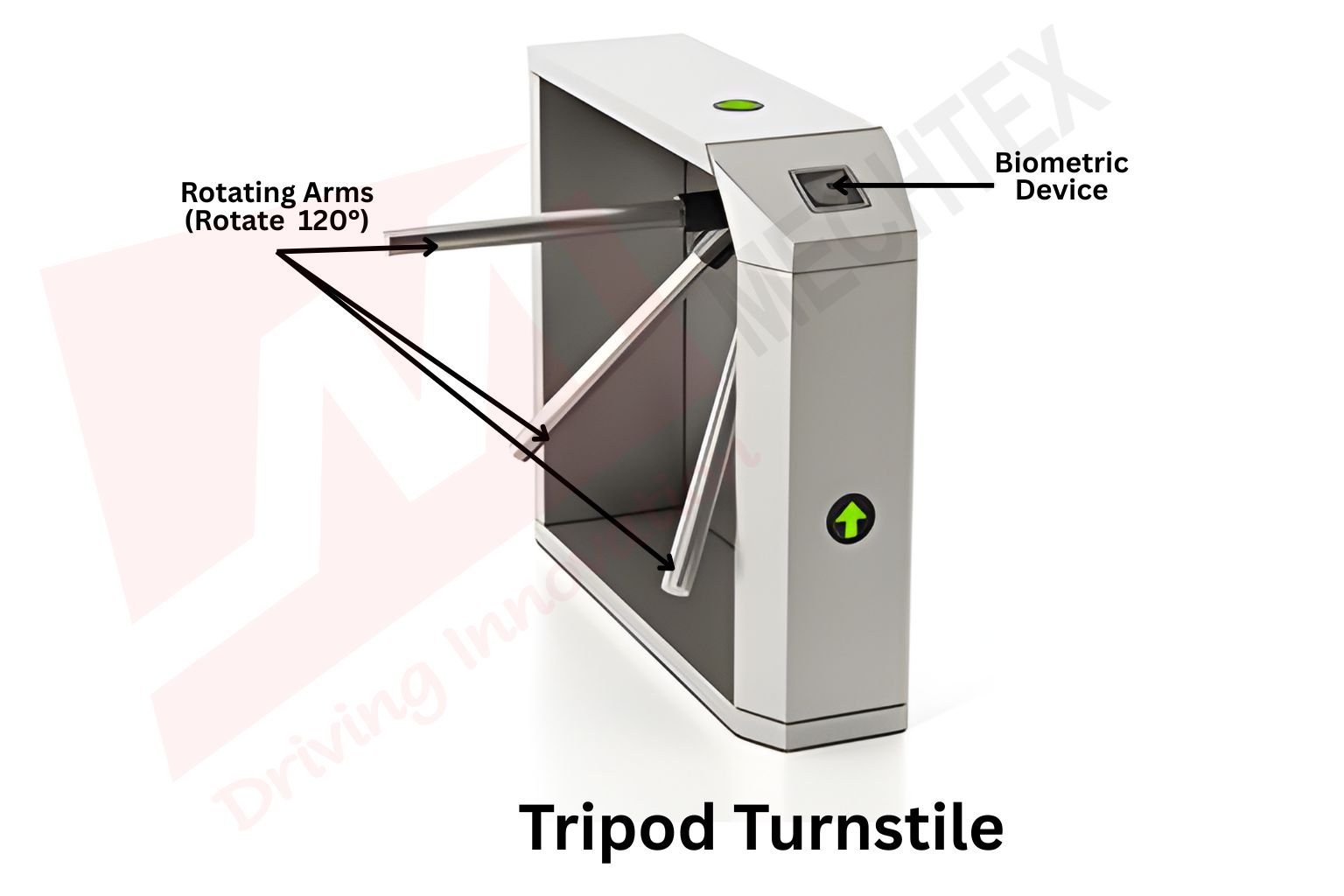
Modern tripod turnstiles are powered by DC geared motors to offer consistent torque and quiet operation. These geared motors provide consistent torque and precise control during continuous cycles.
However, manufacturers face challenges in maintaining torque and speed, especially under fluctuating voltage, which leads to jerky or uneven motion.
For enhanced safety, the tripod turnstiles include an anti-panic or fail-safe mechanism to ensure that arms drop automatically during power cuts or emergencies. This modern combination of mechanical control and electrical authorisation makes tripod turnstiles a secure and user-friendly solution.
Advantages of Tripod Turnstile
A tripod turnstile offers several advantages that make it ideal for secure and efficient crowd control. Some advantages are:
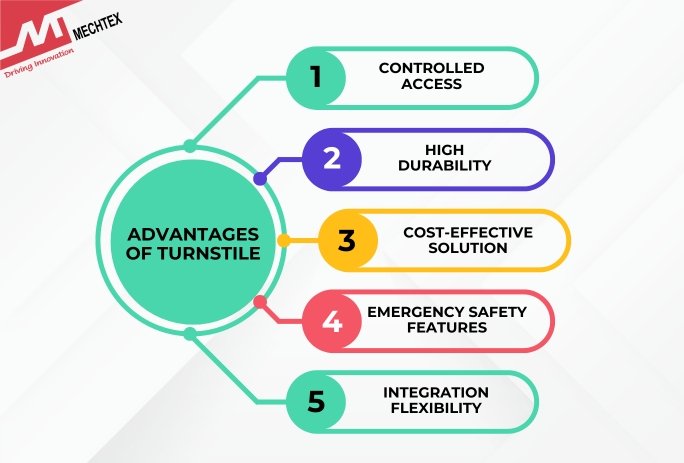
- Controlled Access
Tripod turnstiles allow one person to pass at a time after valid authorisation. It prevents tailgating and unauthorised entries, and ensures accurate crowd management in high-traffic areas.
- High Durability
Constructed with high-grade stainless steel, tripod turnstiles are corrosion-resistant, which makes them suitable for both indoor and outdoor environments.
- Cost-Effective Solution
Compared to flap barriers, tripod turnstiles offer reliable control at low cost and minimal maintenance requirements.
- Emergency Safety Features
In case of power failures and emergency situations, the arms of the tripod turnstiles get locked immediately and do not allow passengers to pass through to ensure safety.
- Integration Flexibility
Tripod turnstiles can easily integrate with modern access control systems such as RFID Cards, Biometric scanners, or facial recognition devices to enhance security.
Market Insights and Growth
As smart infrastructure expands worldwide, the demand for a reliable security system continues to grow.
Tripod turnstiles are now vital devices in modern security systems, offering reliability, safety, and smart automation across high-traffic areas. This transformation reflects a major access control industry trend to emphasise energy efficiency and digital connectivity.
With the rapid expansion of smart infrastructure, the global tripod turnstile or global access control market value is estimated at around USD 10.75 billion in 2024, with APAC regions such as India, China, and Southeast Asia with high CAGR due to rapid urbanisation.
The tripod turnstile, flap barrier and boom barrier segment alone contribute USD 815 million, with the tripod turnstile alone accounting for 305 million globally.
This rising demand showcases rapid tripod turnstile market growth, with widespread adoption of RFID cards, biometric systems, and IoT-enabled systems.
In India, the access control market is valued at USD 588.8 million in 2024, driven by metro expansions and smart city projects. Supported by initiatives like the Smart Cities Mission, India continues to be one of the fastest-growing markets for automation and intelligent access systems.
Conclusion
Tripod turnstiles are more than just entry barriers—they are key enablers of controlled, secure, and efficient pedestrian management in today’s infrastructure.
As the global access control market surpasses USD 10 billion, the industry’s shift toward high-performance DC geared motors, IoT integration, and energy-efficient systems continues to redefine access automation.
Manufacturers like Mechtex contribute to this transformation with compact, high-torque geared motor solutions engineered for precision, durability, and silent operation, enabling OEMs worldwide to build smarter, more reliable access systems.

